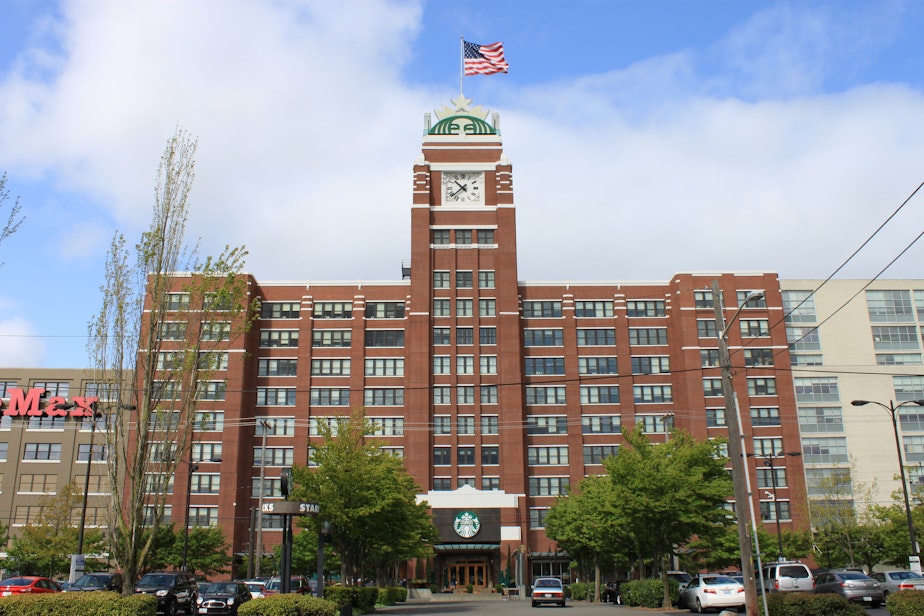Starbucks to lay off 350 employees at Seattle headquarters

The news was emailed to staff just half an hour before Amazon announced its new major locations.
Coffee giant Starbucks announced plans to lay off 350 people, most of them at the company headquarters in the Sodo neighborhood.
That’s roughly 7 percent of its Seattle headquarters.
The cuts began in early September when several senior executives lost their jobs. Starbucks declined to say who they were and how many were laid off.
“Building the next chapter of Starbucks requires us to focus on fewer priorities and transform how our functional teams work in order to accelerate the velocity of innovation that is relevant to our customers,” CEO Kevin Johnson said in a letter to all staff at 6:30 a.m. on Tuesday.
These layoffs, although not significant in the grand scheme of Seattle’s economy, come at a time when the city’s budget office is predicting a slowdown in growth. Indeed, half an hour after Starbucks made the layoffs public, Amazon announced where its second and third new major offices would be located — North Virginia and New York City.
Sponsored
Rents have already started to fall, with landlords giving away free months to entice tenants. Housing prices are sinking even in the city’s more popular neighborhoods, with “for sale” signs staying up far longer than even a few months ago.
Amazon growing elsewhere means less jobs growth here in Seattle in the long term and potentially less office construction — less boom, in other words.
The Trump administration's rapidly changing trade policy presents additional risks for Seattle's trade-dependent economy. "A trade war if you will certainly has the risk of slowing down the U.S. economy," Noble said. "With it our state economy, and with it our local economy."
The city predicts that this year — 2018 — will be Seattle’s peak.
Starbucks has seen two high profile exits since June, according to Reuters, include the company’s visionary, Howard Schultz, who appears to have departed to pursue political ambitions.
Sponsored
In an email in September, CEO Johnson said the company’s strategic priorities are to accelerate growth in targeted, long-term growth markets, U.S. and China, expand the global reach of Starbucks, and focus on increasing shareholder returns.
The company had struggled with sales in the U.S. this year, although its third quarter sales made records, and the company’s loyalty program also grew.
This isn’t the first time Starbucks has made cuts to its workforce. In 2015, the company laid off an undisclosed number of employees at its headquarters. And during the recession, Starbucks closed 5 percent of its stores, cutting thousands of jobs.




